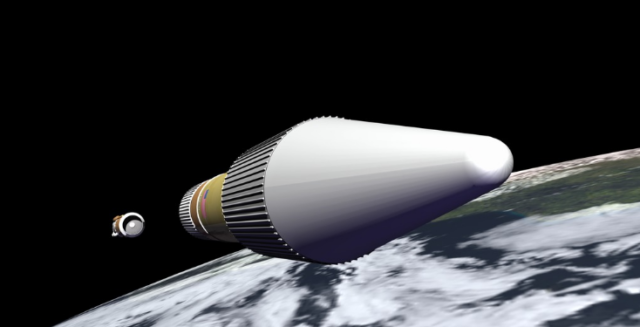
Beginning this month, NASA will be launching a suite of six next-generation, Earth-observing small satellite missions to demonstrate innovative new approaches for studying our changing planet.
Small-satellite technology has led to innovations in how scientists approach Earth observations from space. These new missions, five of which are scheduled to launch during the next several months, will debut new methods to measure hurricanes, Earth’s energy budget, aerosols, and weather.tes range in size from a loaf of bread to a small washing machine and weigh from a few to 400 pounds.
Their small size keeps development and launch costs down as they often hitch a ride to space as a “secondary payload” on another mission’s rocket – providing an economical avenue for testing new technologies and conducting science.
“NASA is increasingly using small satellites to tackle important science problems across our mission portfolio,” said Thomas Zurbuchen, associate administrator of NASA’s Science Mission Directorate in Washington. “They also give us the opportunity to test new technological innovations in space and broaden the involvement of students and researchers to get hands-on experience with space systems.”
Scheduled to launch this month, RAVAN, the Radiometer Assessment using Vertically Aligned Nanotubes, is a CubeSat that will demonstrate new technology for detecting slight changes in Earth’s energy budget at the top of the atmosphere – essential measurements for understanding greenhouse gas effects on climate. RAVAN is led by Bill Swartz at the Johns Hopkins Applied Physics Laboratory in Laurel, Maryland.
“NASA is expanding small satellite technologies and using low-cost, small satellites, miniaturized instruments, and robust constellations to advance Earth science and provide societal benefit through applications,” said Michael Freilich, director of NASA’s Earth Science Division in Washington.
In spring 2017, two CubeSats are scheduled to launch to the International Space Station for a detailed look at clouds. Data from the satellites will help improve scientists’ ability to study and understand clouds and their role in climate and weather.
IceCube, developed by Dong Wu at NASA’s Goddard Space Flight Center in Greenbelt, Maryland, will use a new, miniature, high-frequency microwave radiometer to measure cloud ice. HARP, the Hyper-Angular Rainbow Polarimeter, developed by Vanderlei Martinsat the University of Maryland Baltimore County in Baltimore, will measure airborne particles and the distribution of cloud droplet sizes with a new method that looks at a target from multiple perspectives.
Small spacecraft and satellites are helping NASA advance scientific and human exploration, reduce the cost of new space missions, and expand access to space. Through technological innovation, small satellites enable entirely new architectures for a wide range of activities in space with the potential for exponential jumps in transformative science.












